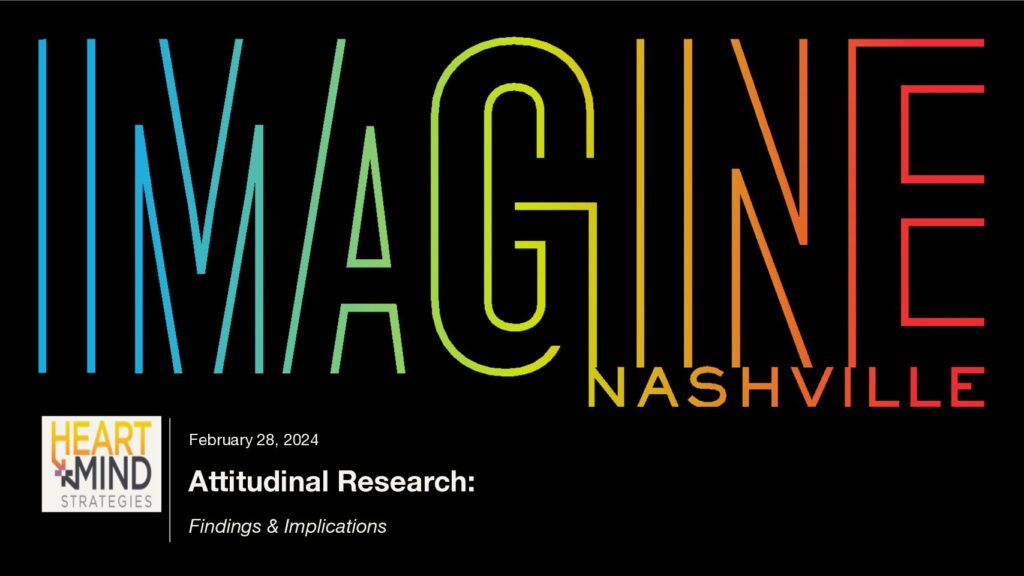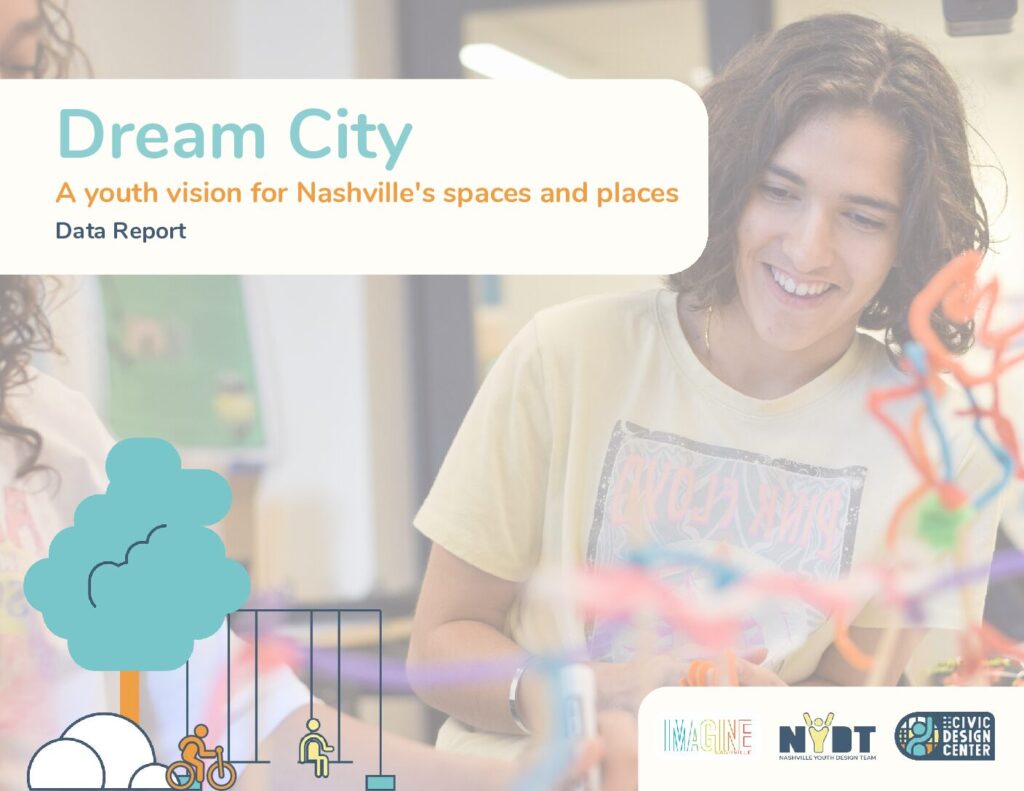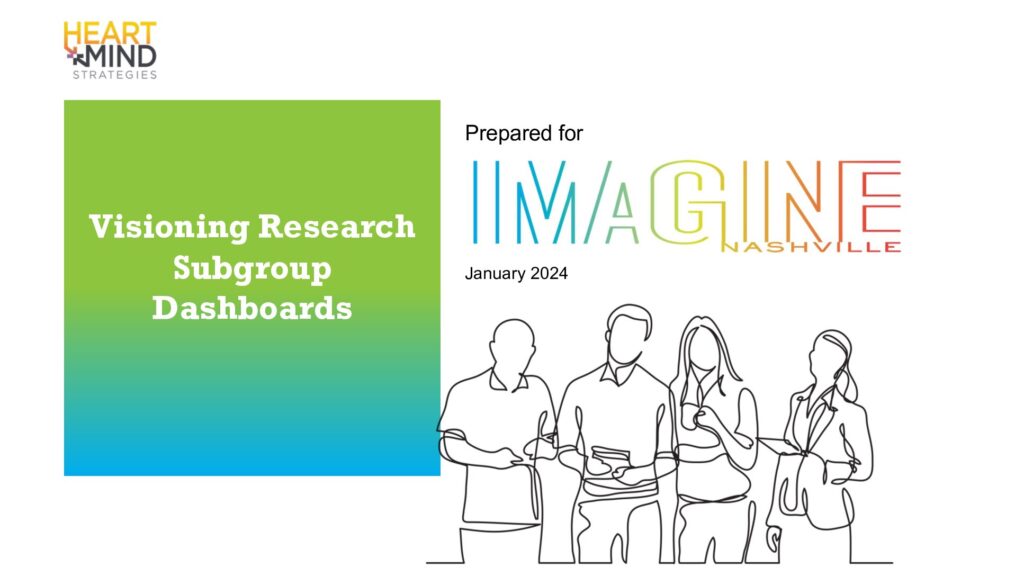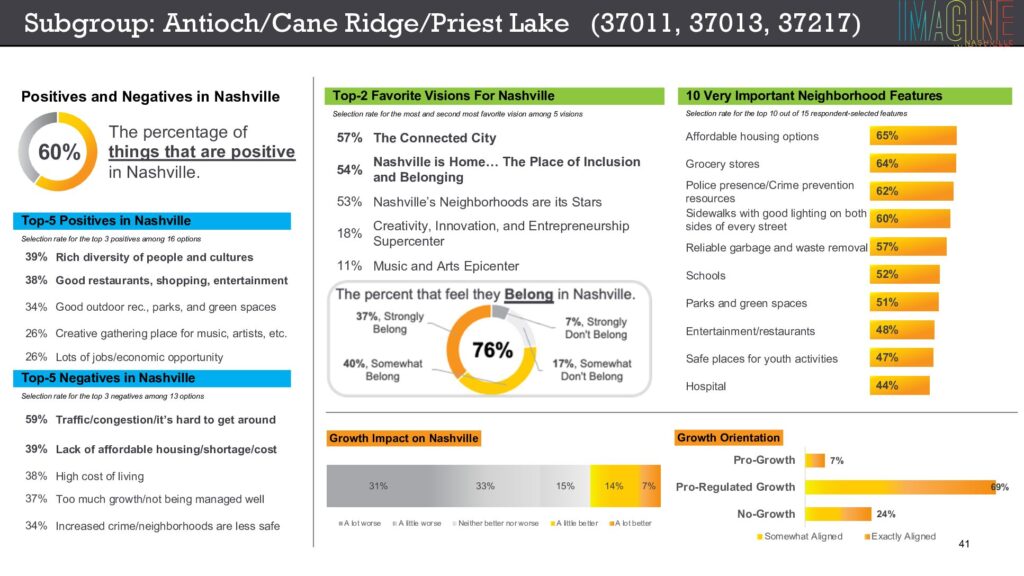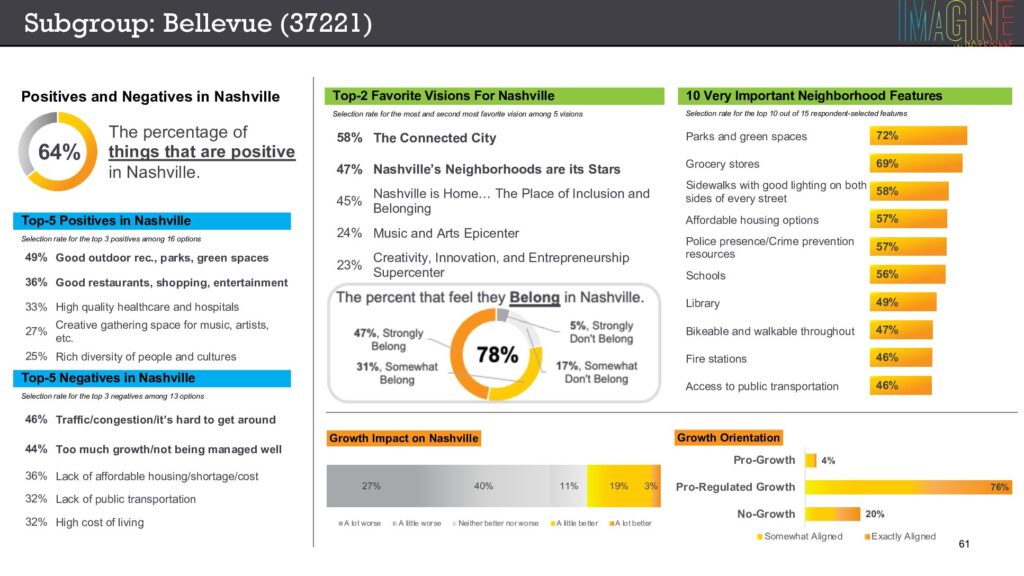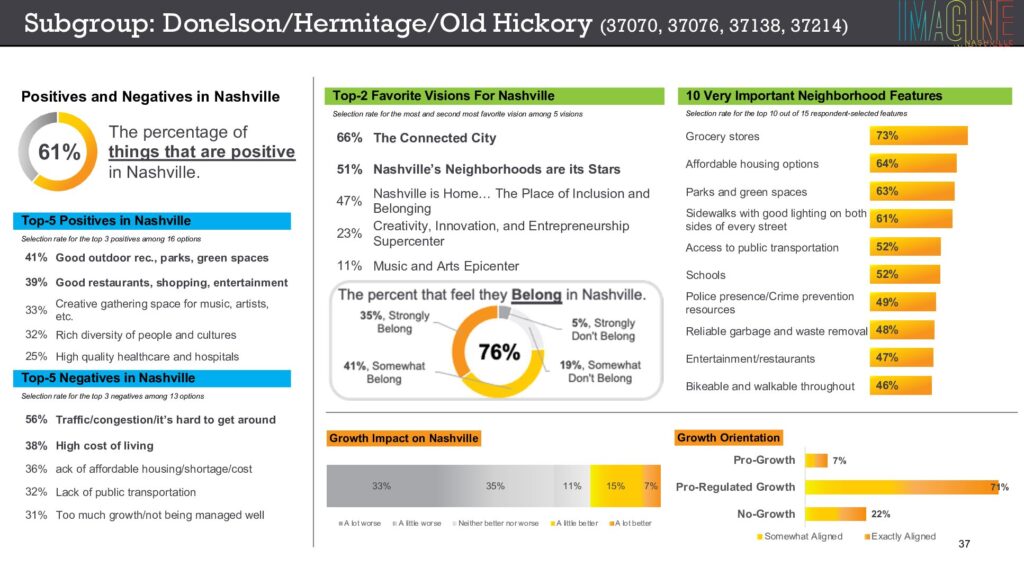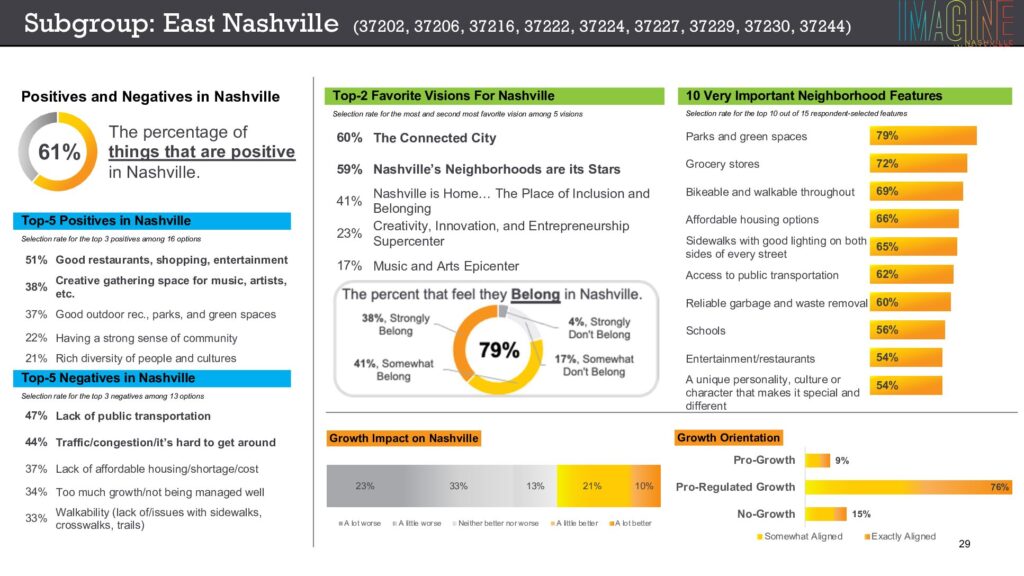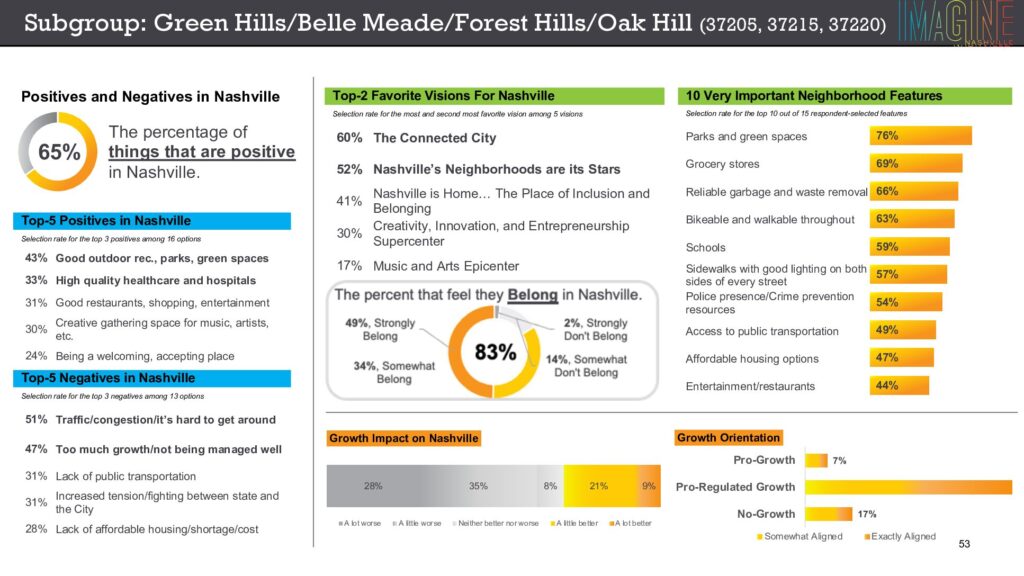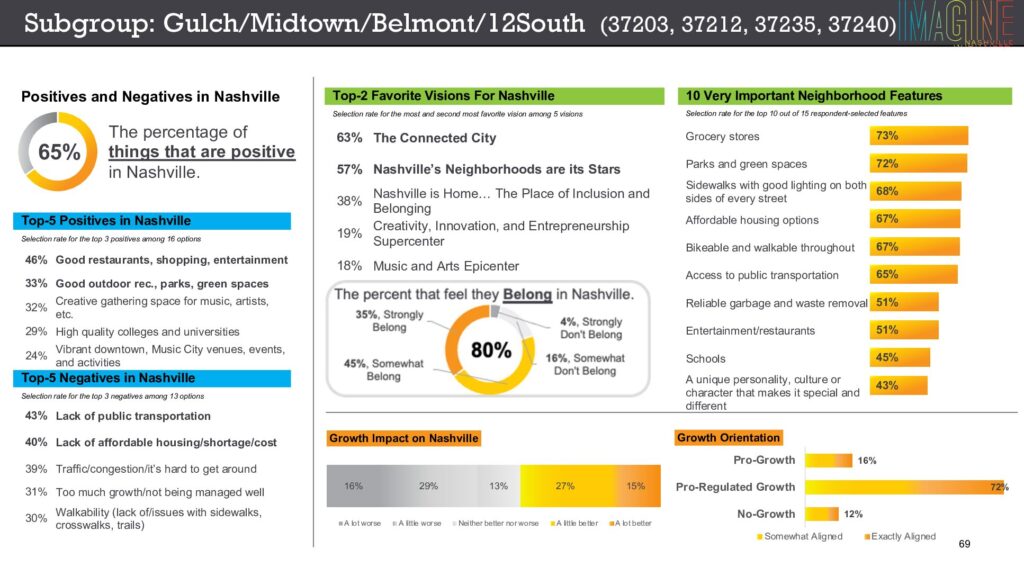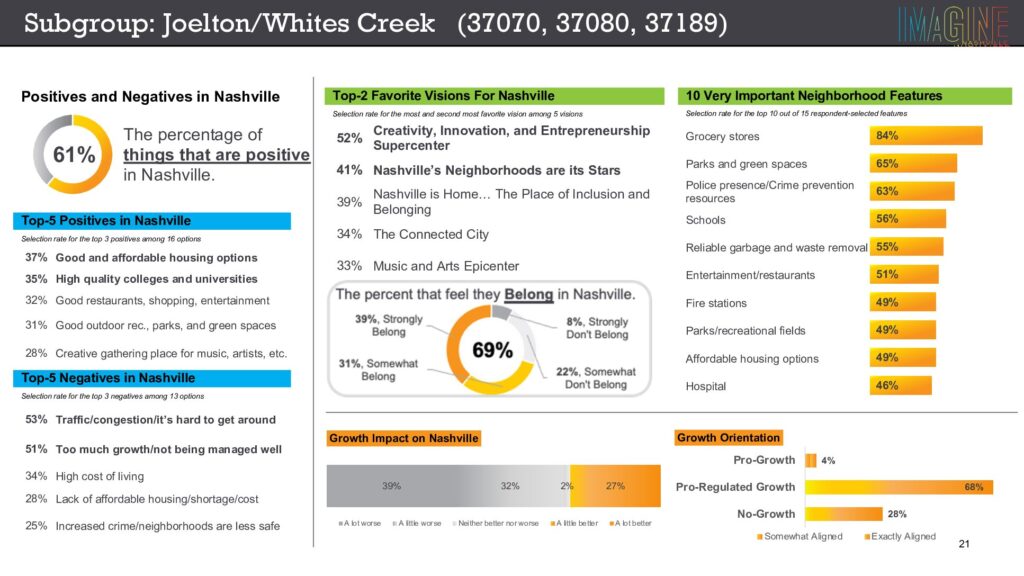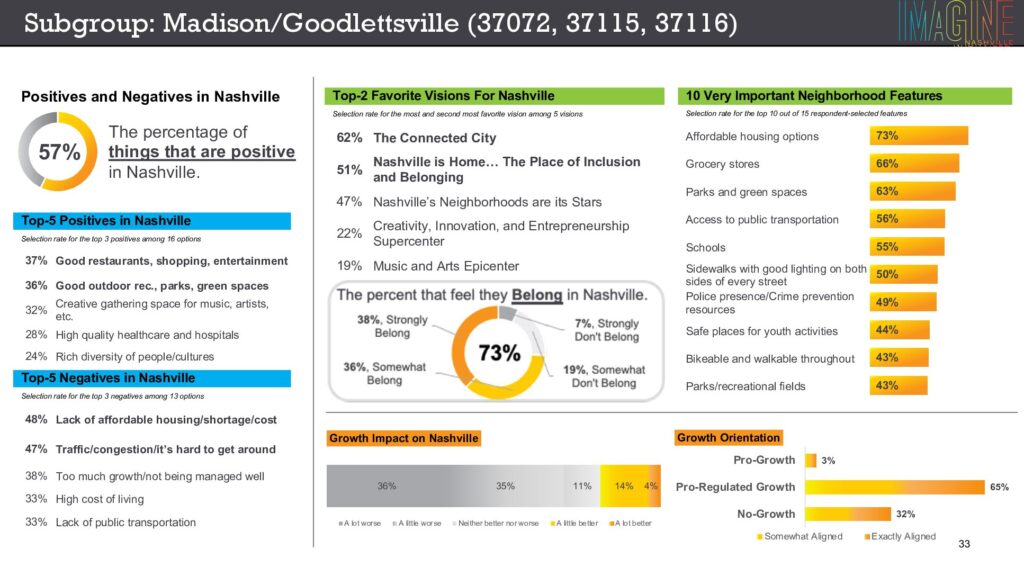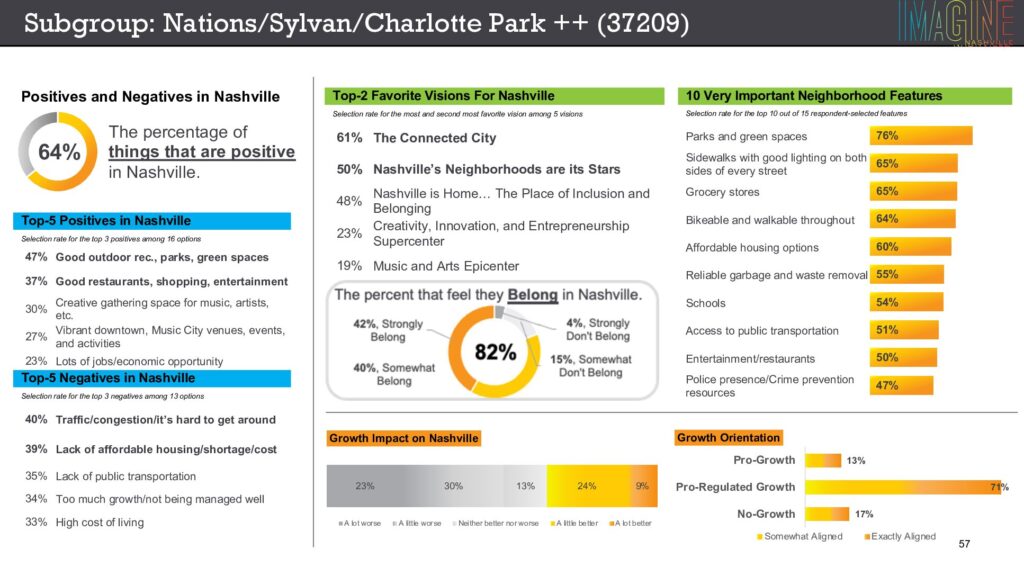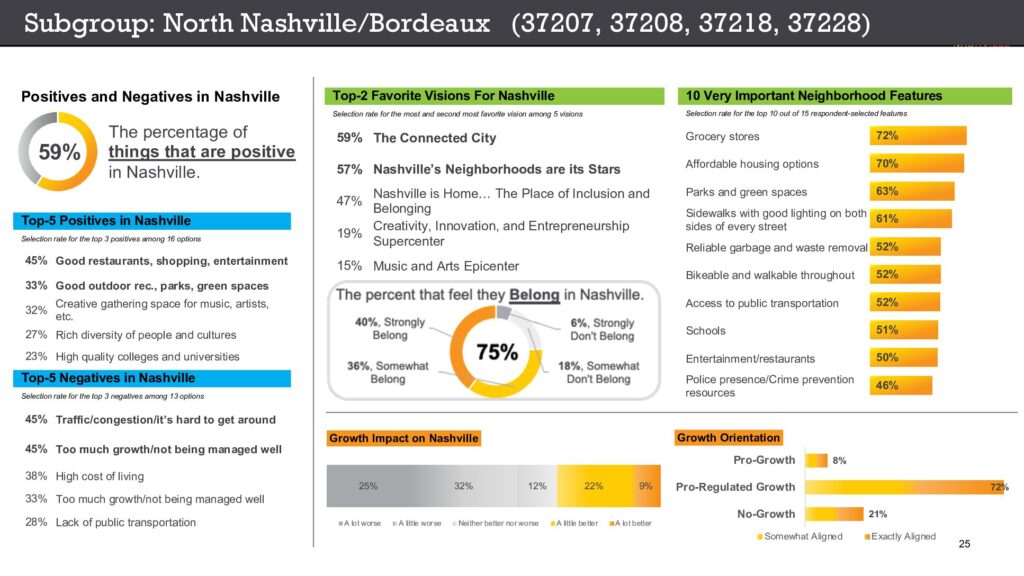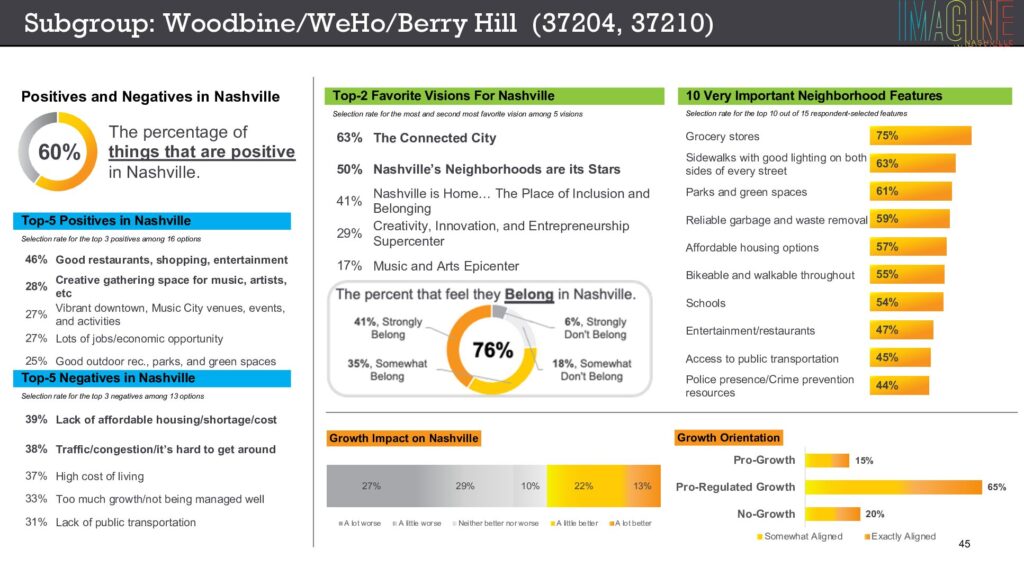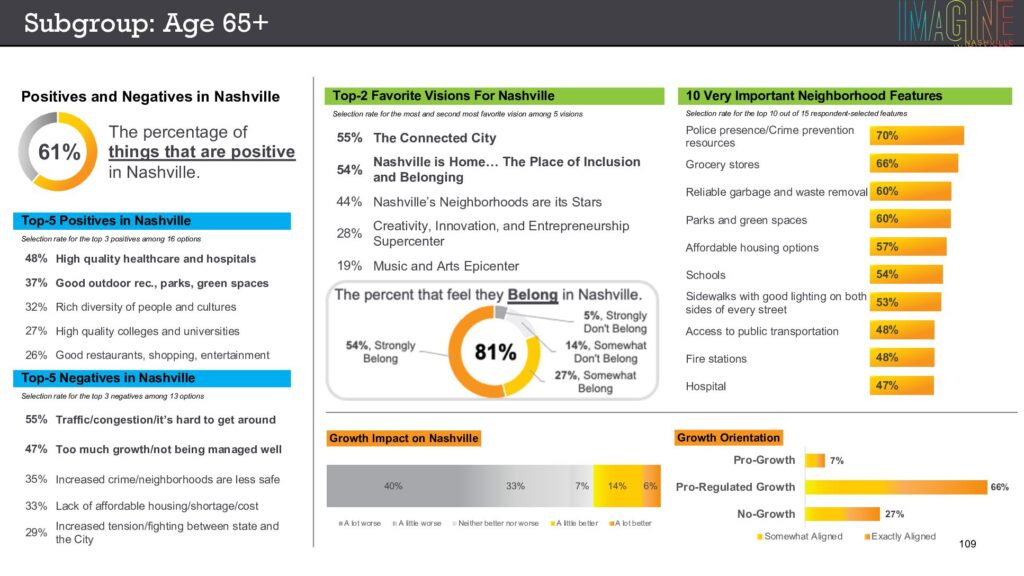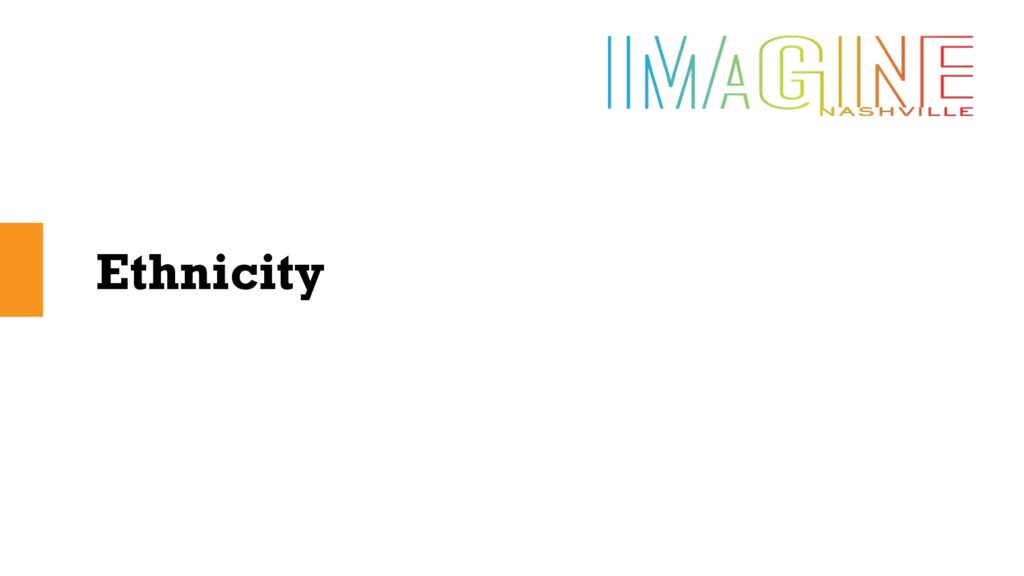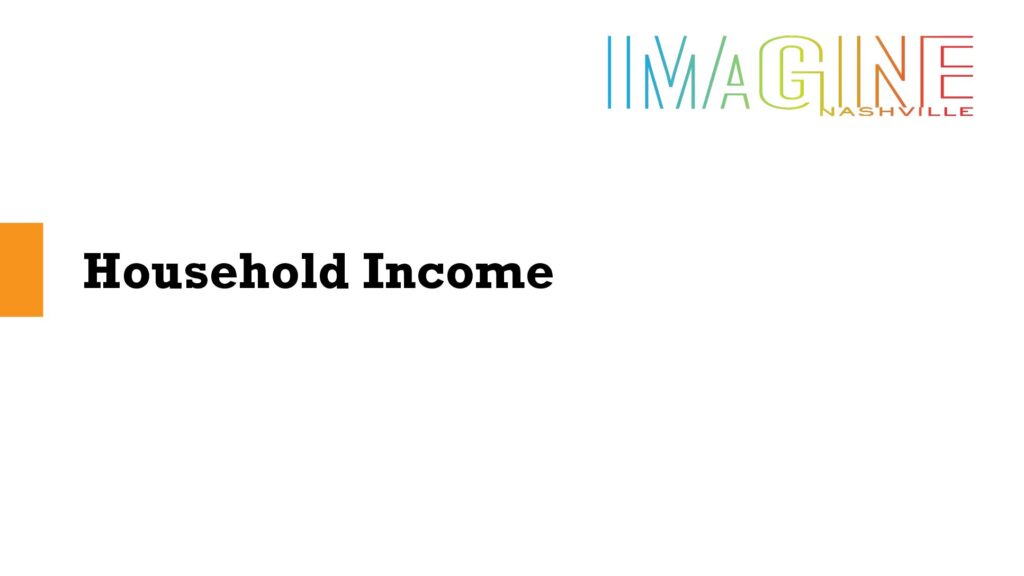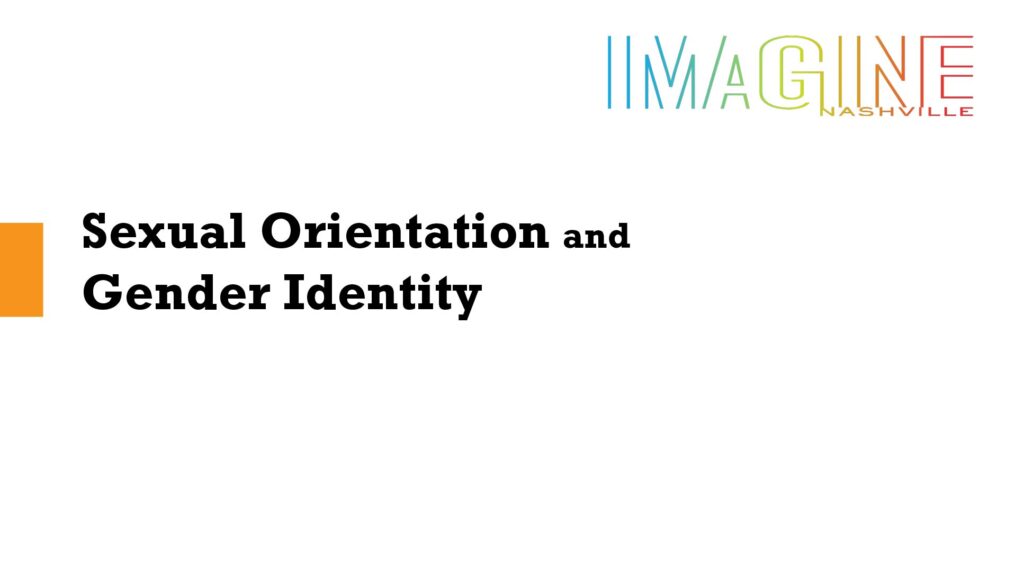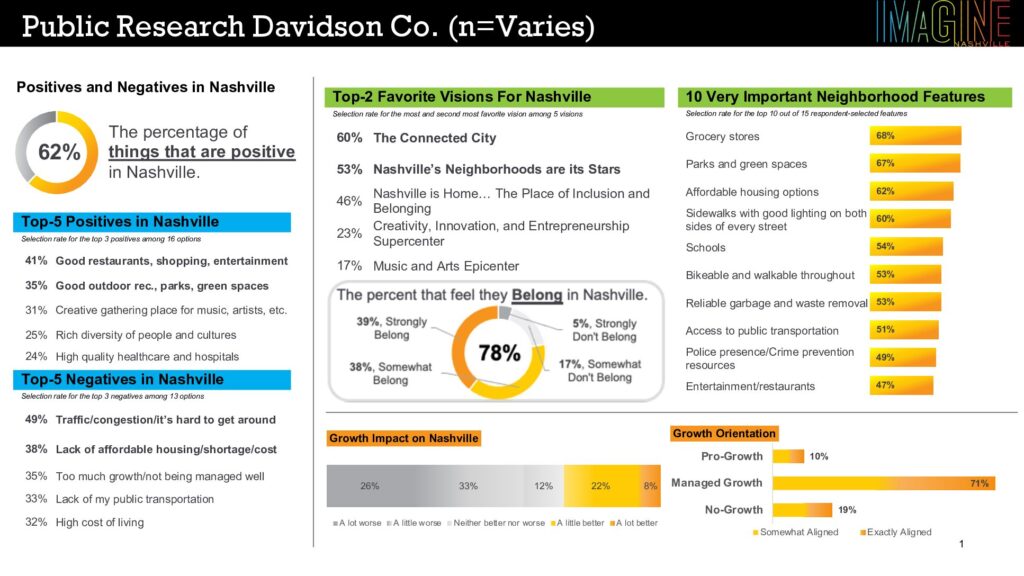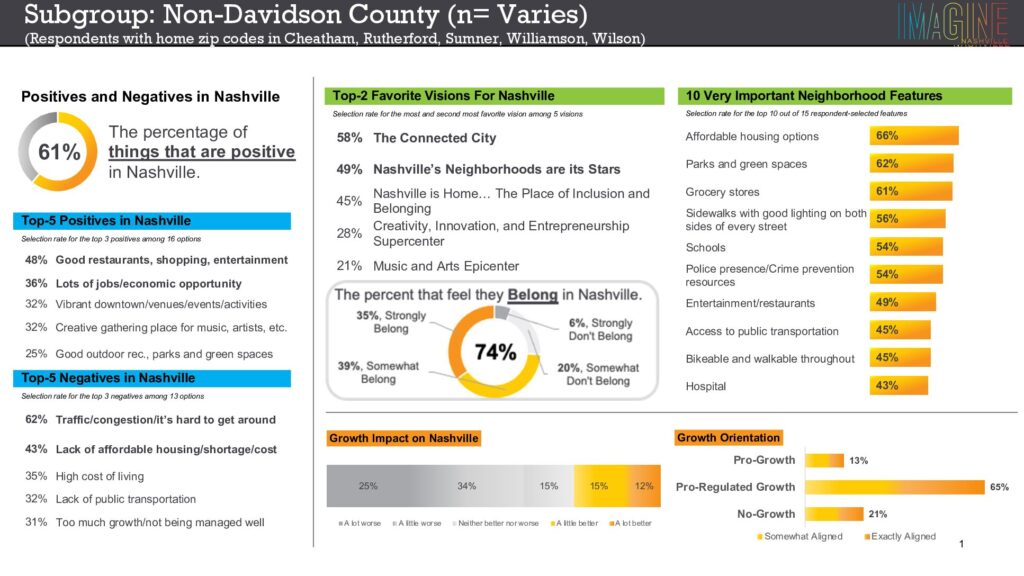Survey Methodology
The section below describes the methodology used for the Dream City Workshop Phase II survey.
Dream City Workshop Phase II Survey Development
The Dream City Workshop Phase II survey was adapted from the Imagine Nashville adult survey developed by Heart + Mind Strategies. During the summer of 2023, the Nashville Youth Design Team (NYDT) adapted the adult survey questions to make them more accessible to young people. Revisions to the adult survey included cutting down the number of questions included in the survey and simplifying the language of the survey. After the survey questions were revised, they were programmed into a REDCap survey hosted at Vanderbilt University. REDCap (Research Electronic Data Capture) is a secure, web-based software platform designed to support data capture for research studies, providing 1) an intuitive interface for validated data capture; 2) audit trails for tracking data manipulation and export procedures; 3) automated export procedures for seamless data downloads to common statistical analysis packages; and 4) procedures for data integration and interoperability with external sources (Harris et al., 2009). The survey was piloted by eight NYDT members before it went live in August 2023. The Dream City workshop and survey were made available in English and Spanish. For other language supports, the Dream City staff worked directly with site facilitators to ensure accessibility for their students. Additional site-specific supports included either written or verbal translation into Arabic, Swahili, and Turkish.
Survey Dissemination
The survey was disseminated between August 2023 and March 2024 to young people between the ages of five and 18 years old who live in Davidson County, TN. The online survey was open to the public and was available online through REDCap. Paper surveys were distributed to Dream City Workshop participants following the design portion of the workshop. (See the section below for the process used when workshops were conducted in Metro Nashville Public Schools)
Dream City in Metro Nashville Public Schools (MNPS)
Prior to conducting workshops and disseminating surveys in MNPS classrooms, the project was approved by The University of the South‘s IRB and MNPS‘s Research Review Committee. Signed parental consent and youth participant assent were required prior to youth survey participation. Youth participants who did not sign and return both the parental consent and youth participant assent were given an alternative assignment, which is not included in this analysis. All youth were eligible to participate in the workshop regardless of parental consent.
Data Cleaning
Following data collection, survey submissions that did not complete at least 3 out of the six sections were removed from the study sample. The data was then exported from REDCap as a CSV and cleaned using Microsoft Excel. All submissions by individuals who were over 18 years old were removed from the study sample (n=17).
Age
The “Age” variable was recoded for consistency due to the open-ended nature of the question (18 vs. eighteen). A new variable, “Age Category,” was created based on the age groups: <11 years old, 11-13 years old, and 14-18 years old.
Race & Ethnicity:
Dream City survey participants shared that the race and ethnicity categories presented in the survey did not accurately represent the racial identities and experiences of all young people. For example, some participants who chose “Hispanic” for their ethnicity noted that they did not feel represented by the racial category of White. Therefore, when cleaning the data we chose to combine race and ethnicity into one variable, allowing students to indicate race or ethnicity or both. If a participant selected a race value but not an ethnicity value, their answers were coded as the race value. If a participant selected an ethnicity value, but not a race value, answers were coded as the ethnicity value. If a participant selected both a race and ethnicity value, they were coded as “Two or More Races/Ethnicities.” For example, 86 participants identified as MENA, however, 52 of those participants also selected another race and/or ethnicity, moving those participants from the MENA group to the “Two or More Races/Ethnicities” group.
How Many Years Have You Lived in Nashville?
The “Years Spent in Nashville” variable was recoded for consistency due to the open-ended nature of the question (11 vs. eleven).
Data Analysis
Pivot tables in Microsoft Excel were used to conduct basic descriptive statistics (averages, counts, percentages) on the data. No survey weights were used.

